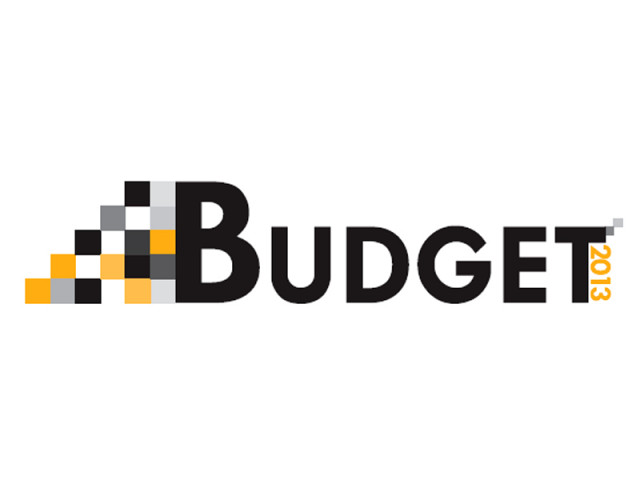Budget: Khyber-Pakhtunkhwa govt presents pragmatic budget
The Rs303b outlay focuses on improving spending efficiency.

In the budget speech delivered at the provincial assembly on Friday, Khyber-Pakhtunkhwa Finance Minister Muhammad Humayun Khan essentially listed off some of the government’s political achievements before essentially reading out the entire budget document, numbers and all.
Far from the political drama and fistfights on the floor of the National Assembly during the federal budget, the K-P budget session was more akin to a particularly boring, corporate annual shareholders meeting.
There were at least a few populist items on the finance minister’s agenda. The provincial government announced that it would follow Islamabad’s lead and provide an ad-hoc bump of 20% in the salaries of its employees, a move that had been a foregone conclusion since provincial bureaucrats work alongside federal ones in provincial capitals and a pay disparity would cause tension.
And taking a page from Punjab Chief Minister Shahbaz Sharif’s book, the K-P government announced its own Rs1 billion free laptop scheme – named Naway Sahar (New Dawn) – for students in the province, saying it would hand out 25,000 such laptops to top-performing students.
Peshawar will also be spending close to Rs2.5 billion subsidising wheat, though this policy is rarely trumpeted by any provincial government since it is essentially a mandate that the federal government forces on the provinces.
The budget includes about Rs97.5 billion for development spending, about 24% of which will be funded by foreign governments. The single biggest donor to the province is the United Kingdom, followed by Japan. The United States, by contrast, is among the smallest foreign donors to the province.
Education and health
Like Sindh, K-P allocates most of its education and health spending at the district level rather than at the provincial level. Hence, education appears to account for less than 11% of the total provincial budget. Yet a closer look shows that well over 99% of the province’s education department staff is in fact at the district level and is accounted for in the lump-sum transfers to the districts.
Health, similarly, appears to account for just 5.7% of the total budget, but again, most of the spending takes place at the district level. K-P transfers about 28.2% of its total budget – the largest chunk allocated to any category – to the districts, a level surpassed only by Sindh in previous years.
Like most other provinces, K-P complains that the overwhelming majority of its budget ends up getting spent on salaries, with little left for development expenditure. Nonetheless, the province has allocated just over 9% of its budget – or about Rs27.5 billion – to expenditures such as building roads, improving the province’s water supply, developing urban infrastructure, etc.
By contrast, the districts spend are expected to spend about 83% of their budget on salaries, with just one-sixth left over for non-salary expenses – and that includes such needs as paying their utility bills.
The largest chunk of the budget, however, goes to public safety, unsurprising in a province wracked by a militant insurgency and sporadic violence. The province expects its public safety budget to go up by 24% this year, to Rs34 billion.
Spending efficiency
Yet K-P – alone among the provinces – has also decided to get innovative with its project. It introduced “output based budgeting” for education and healthcare in two districts. Having successfully tested the pilot project where it asks provinces to meet specific targets for which the province allocates money, the province now wants to roll out the unique methodology – designed to get more efficiency in its spending – to twelve districts.
Revenues
On the revenue side, Peshawar admits to being largely dependent on Islamabad for much of its revenues. Federal transfers to Khyber-Pakhtunkhwa account for about 75% of its total budget, and on foreign donors for another 7.7%. The remainder – which comes to about Rs52 billion – comes from the province’s own tax receipts, though even these are collected by the federal government, which charges a 1% service fee.
Of its own revenues, the single largest chunk of Rs25 billion, or about half the province’s own collections, actually comes from other provinces paying royalties for the hydroelectricity generated by dams located in K-P. Despite promises made at the 7th National Finance Commission Award and at the passage of the 18th Amendment to the constitution, K-P appears to join the other provinces in not having built up the capacity to collect its own taxes.
Published in The Express Tribune, June 9th, 2012.













COMMENTS
Comments are moderated and generally will be posted if they are on-topic and not abusive.
For more information, please see our Comments FAQ